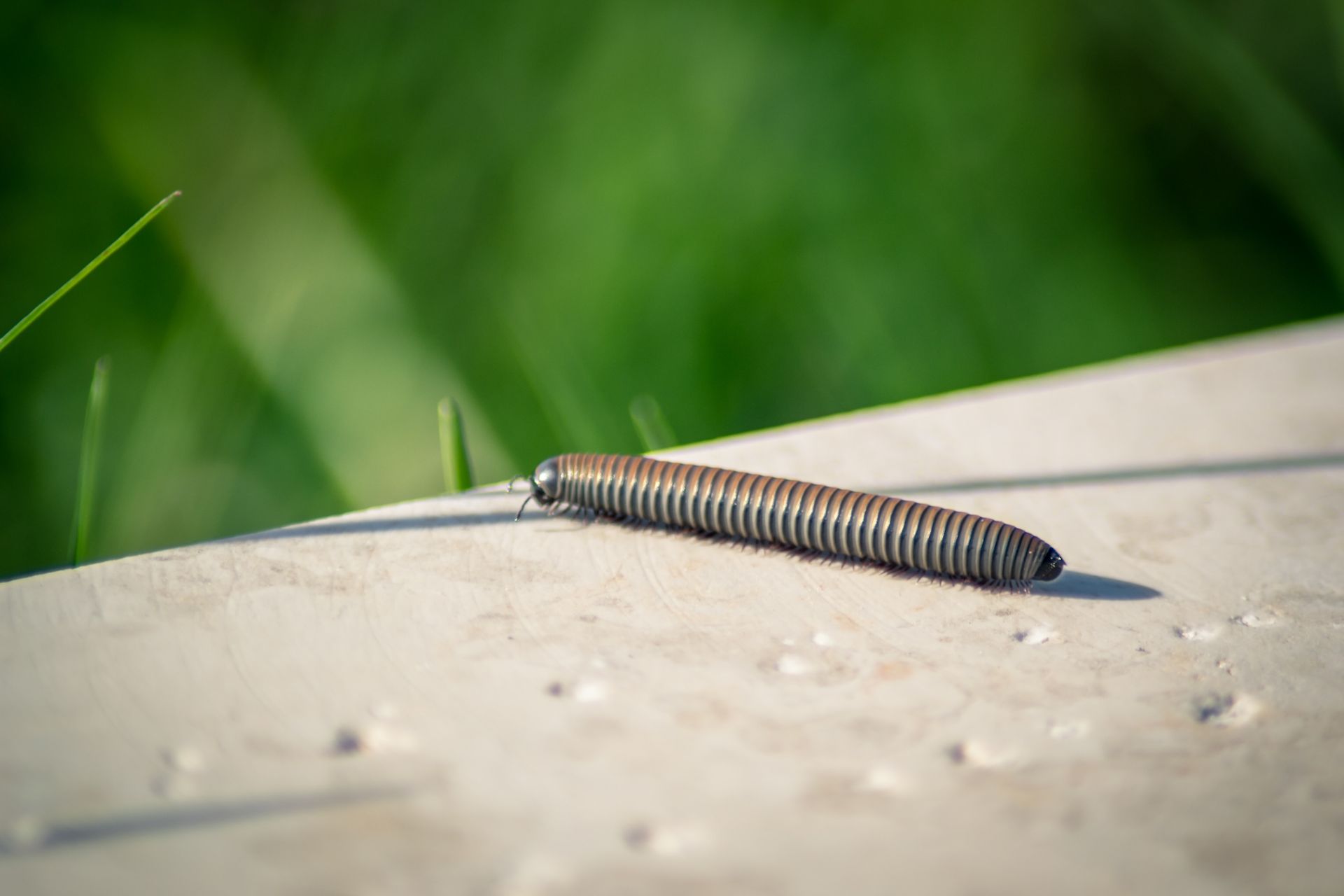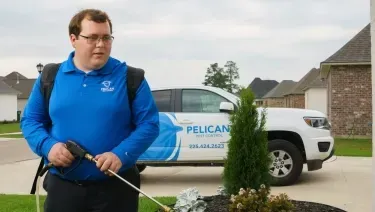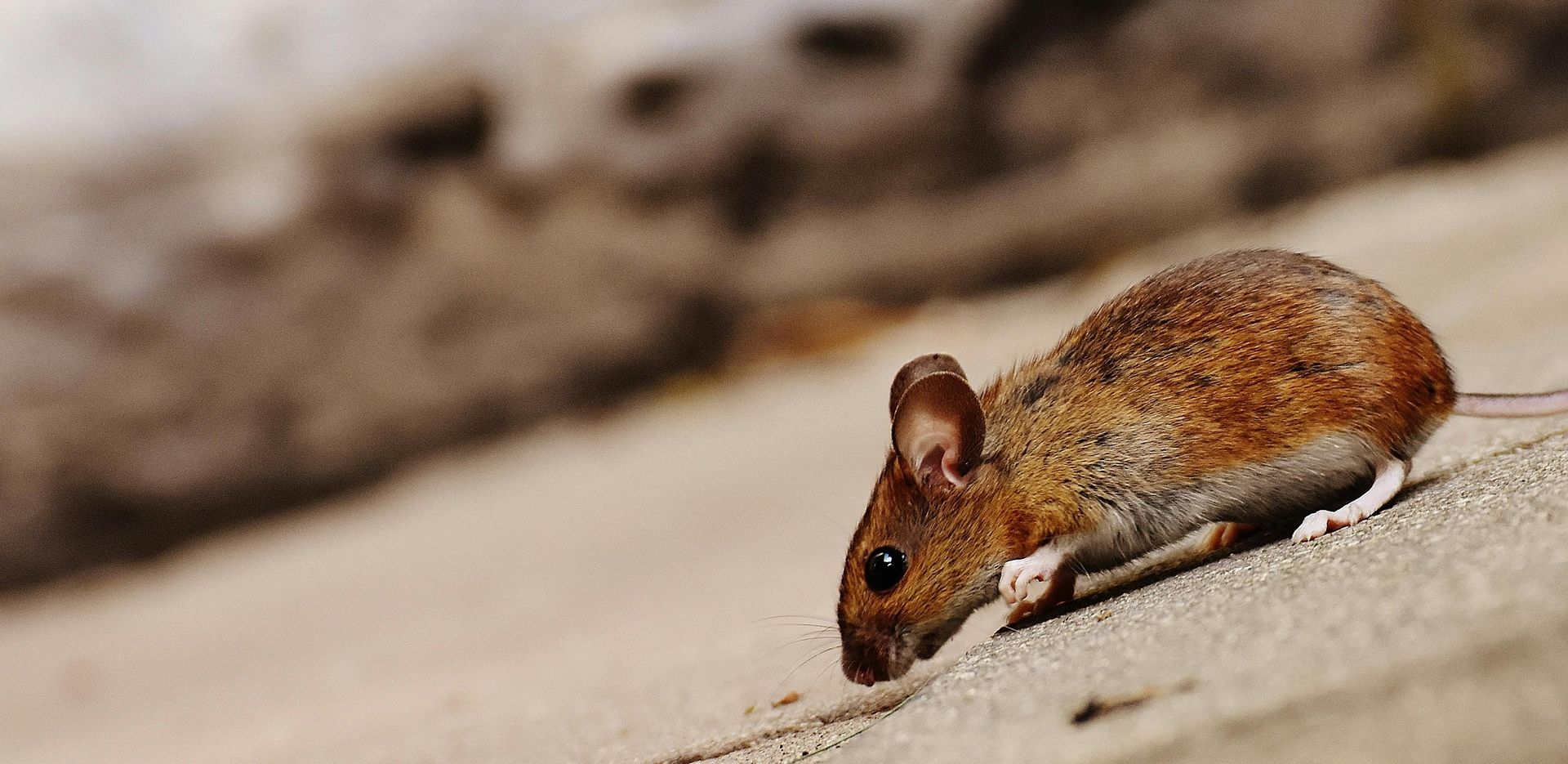Why Regular Pest Control is Crucial for New Orleans Historic Homes
Pest Control for Historic Homes: Keeping New Orleans' Treasures Safe and Sound
New Orleans is renowned for its rich cultural heritage and stunning historic homes that tell the story of the city’s vibrant past. These structures, with their unique architectural features and historical significance, contribute to the charm of neighborhoods like the French Quarter and Garden District. However, with their age and construction materials, these historic buildings are particularly vulnerable to pests such as termites, ants, and rodents. This blog explores why regular pest control is essential for maintaining the integrity of these iconic homes while providing tips to keep them pest-free year-round.
The Vulnerability of Historic Homes in New Orleans
Age and Structure of Historic Buildings
Many of the historic homes in New Orleans date back to the 18th and 19th centuries, featuring wooden structures, plaster walls, and intricate moldings. These materials, while beautiful, can be especially inviting to pests. Termites, for example, thrive on decaying wood and can cause severe structural damage if left unchecked. Additionally, many historic homes feature architectural details like basements and attics that create ideal environments for various pests.
Climate Factors in New Orleans
New Orleans’ warm, humid climate provides an ideal breeding ground for pests. The high humidity levels create a conducive environment for termite infestations, while the mild winters mean that pests like ants and rodents remain active year-round. With the city’s susceptibility to heavy rainfall and flooding, the risk of pest invasion increases as these conditions can lead pests indoors seeking shelter.
Common Pests Targeting Historic Homes
Termites
Termites are among the most destructive pests that threaten historic homes in New Orleans. Termite inspection is a mandatory step for new homeowners. in New Orleans. These insects can silently consume wooden structures, leading to costly repairs. According to the National Pest Management Association, termites cause billions of dollars in damages each year, making it essential for homeowners to be proactive about prevention. In New Orleans, the prevalence of termites is especially high due to the city’s climate and the abundance of older wooden homes. Professional Pest extermination is better than DIYs and cost-efficient in the long run.
Ants
Ants are another common pest that can compromise the integrity of historic buildings. Species like carpenter ants can tunnel through wood, causing damage that may not be immediately visible. Their colonies can grow quickly, leading to widespread infestations. Ants are often drawn to kitchens and pantries, where they seek food and moisture, making regular pest control inspections critical to keeping these pests at bay. Ants cause a huge damage to the homeowners and the property. Professional carpenter ants extermination is better than DIYs and cost-efficient in the long-run.
Rodents
Rodents, including rats and mice, are a significant concern for historic homes. These pests can enter through small openings and cause substantial damage by chewing on wires, insulation, and wooden structures. Beyond the physical damage, rodents pose serious health risks, as they can carry diseases and contaminate food supplies. The dense urban environment of New Orleans makes it easier for rodents to thrive, emphasizing the need for effective pest control measures. Great tips for keeping rodents away is essential for New Orlean homeowners.
The Importance of Regular Pest Control
Preventative Measures
Regular pest control is vital for protecting historic homes from pest infestations. Routine inspections by pest control professionals can identify potential vulnerabilities before they escalate into significant issues. Integrated pest management (IPM) approaches focus on prevention and monitoring, ensuring that historic structures remain free from harmful pests. This proactive strategy not only protects the building’s integrity but also contributes to its longevity.
Maintaining Property Value
Keeping historic homes in good shape is key for both homeowners and the local New Orleans economy, and pest exterminators are an important part of that effort. Regular pest control helps prevent damage that could lower a home’s value, while proactive care from experienced New Orleans pest exterminators can save homeowners from costly repairs. Well-maintained historic properties also tend to attract more buyers and visitors, which helps preserve the city’s heritage and boost the local economy.
Tips for Keeping Historic Homes Pest-Free Year-Round
Regular Inspections
One of the most effective ways to prevent pest infestations is to schedule regular inspections with pest control professionals. Experts can assess the property for signs of pest activity, such as droppings or wood damage, and recommend appropriate treatment options. Early detection is crucial in mitigating potential damage and ensuring the long-term preservation of historic homes.
Proper Maintenance Practices
Homeowners should adopt proper maintenance practices to reduce pest risks. Keeping gutters clean and ensuring proper drainage around the foundation can prevent moisture buildup, which attracts pests. Additionally, sealing cracks and crevices in walls and around windows and doors can eliminate entry points for pests. Regularly inspecting and maintaining the property is essential for keeping it pest-free. Besides, these homeowners should have knowledge about the tips to prevent pest infestations.
Safe Landscaping Choices
The landscaping around historic homes can influence pest activity. Homeowners should maintain gardens and yards by trimming shrubs and removing debris that can serve as hiding spots for pests. Keeping firewood stored away from the house and using mulch sparingly can also deter pests from nesting near the foundation. Choosing pest-resistant plants can further enhance the outdoor space while minimizing pest attraction.
“Insect-resistant crops expressing δ-endotoxin genes from Bacillus thuringiensis have made a significant beneficial impact on global agriculture.” - Source
FAQs
1. How often should I schedule pest inspections for my historic home in New Orleans?
It's recommended to schedule pest inspections at least once a year for historic homes. However, if you notice signs of pest activity or if your home is located in an area with a high pest prevalence, more frequent inspections may be necessary.
2. What are the signs of a termite infestation?
Common signs of a termite infestation include:
- Hollow-sounding wood when tapped.
- Mud tubes along foundation walls.
- Discarded wings near windows or doors.
- Small piles of sawdust or frass (termite droppings).
3. Are pest control treatments safe for historic homes?
Yes, many pest control treatments are designed to be safe for use in historic homes. It’s important to discuss your home’s unique features with your pest control professional, who can recommend treatments that minimize risks to the structure and occupants.
4. What pests are most common in New Orleans historic homes?
Historic homes in New Orleans are particularly vulnerable to termites, ants (including carpenter ants), and rodents. These pests thrive in the warm, humid climate and can cause significant damage if not addressed promptly.
5. Can I handle pest control myself, or should I hire a professional?
While some minor pest issues can be managed with DIY methods, hiring a professional pest control service is advisable for significant infestations, especially in historic homes. Professionals can provide targeted treatments and preventative measures to protect your property effectively.
6. How can I prevent pests from entering my historic home?
Preventative measures include:
- Sealing cracks and gaps around doors and windows.
- Keeping gutters clean and ensuring proper drainage.
- Removing debris and wood piles from around the foundation.
- Regularly inspecting and maintaining landscaping to reduce pest habitats.
7. What should I do if I find signs of pests in my historic home?
If you discover signs of pests, contact a licensed pest control professional immediately. Early detection and treatment can prevent more extensive damage and costly repairs.
8. Is pest control expensive for historic homes?
The cost of pest control can vary based on the size of the home, the
type of pest, and the treatment method. However, investing in regular pest control is often more cost-effective than dealing with the damages caused by pest infestations.
9. Are there specific pest control regulations for historic districts in New Orleans?
Yes, there may be regulations governing pest control and home preservation in historic districts. Homeowners should consult local ordinances and work with pest control professionals familiar with the guidelines to ensure compliance.
10. How can I find a reliable pest control service in New Orleans?
Look for pest control companies with experience in treating historic homes and positive reviews from previous clients. Check for licensing, certifications, and memberships in professional organizations to ensure quality service.










